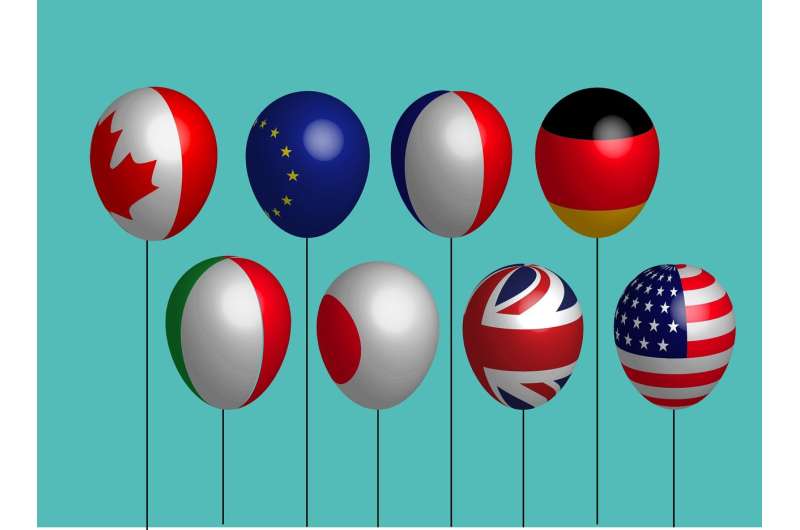The male dominance in diplomacy is changing

In August, the Swedish government appointed Karin Olofsdotter as new Swedish ambassador to the United States. The appointment is of historical importance, since Olofsdotter is the first Swedish woman to hold the position. The male dominance in diplomacy dates far back in time, and men continue to outnumber women among the world's diplomats. However, the share of women diplomats has shown an upward trend since the late 1990s, including at ambassador level.
It has long been known that a gendered distribution of work tasks often arise when women enter male-dominated environments. More precisely, men continue to be overrepresented in positions with power and status whereas women become overrepresented in various support functions with less status. The area of diplomacy has until now remained understudied in this regard.
Ann Towns, associate professor of political science, and her researcher colleague Birgitta Niklasson carried out a study of gender patterns in diplomacy by examining all ambassador appointments made by the world's fifty wealthiest countries in 2014 - almost 7 000 in total.
'Our main research question concerned gender and status. We investigated whether men tend to be overrepresented in positions characterised by power and prestige, as in cities such as Washington, D.C. and Moscow,' says Towns.
The study shows that 85 per cent of the world's ambassadors are men. But the share varies regionally and between countries. The Nordic countries have the largest proportion of female ambassadors, 35 percent, followed by North America at 25 per cent. Asia and the Middle East are well below average, with 10 and 6 per cent, respectively. South America, Africa and Europe not including the Nordic countries are all close to the average value, which is 15 per cent.
However, there are large variations within these regions. For example, the Philippines and Colombia stand out from their neighbours with proportions of 41 and 28 per cent, respectively.
'Diplomacy as a single-gendered institution is changing,' says Towns.
When it comes to the status of ambassador positions, measured in terms of the size of the host country's military and economic resources, there is a clear and consistent gender pattern.
The shares of male ambassadors are larger in host countries with the largest economies and military forces, that is, there is greater male dominance in the ambassador positions with higher status. The gender distribution of ambassadors is more proportional in other host countries. The underrepresentation of women is not huge, but it is consistent across all the metrics that the researchers used to measure military and economic status.
'Diplomacy displays the same gender patterns as in a variety of other institutions and environments,' says Towns.
So when the Swedish government appointed Karin Olofsdotter as new ambassador to the United States, a pattern was broken.
'A very small share of all ambassadors in Washington are women. Olofsdotter's appointment to serve as ambassador in one of the world's most prestigious capitals should be seen in light of our findings, as her presence helps to break up the gender pattern in diplomacy,' says Towns.
More information: Ann Towns et al, Gender, International Status, and Ambassador Appointments, Foreign Policy Analysis (2016). DOI: 10.1093/fpa/orw039
Provided by University of Gothenburg
















